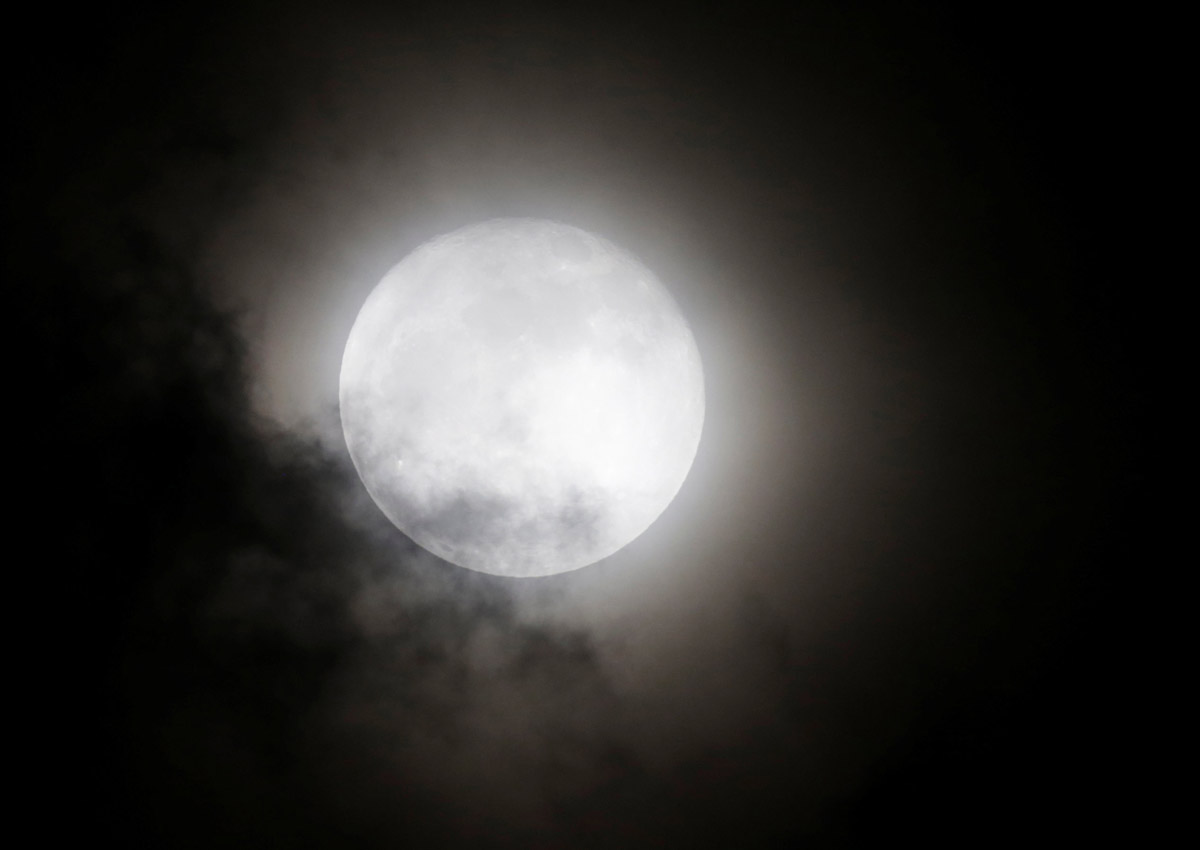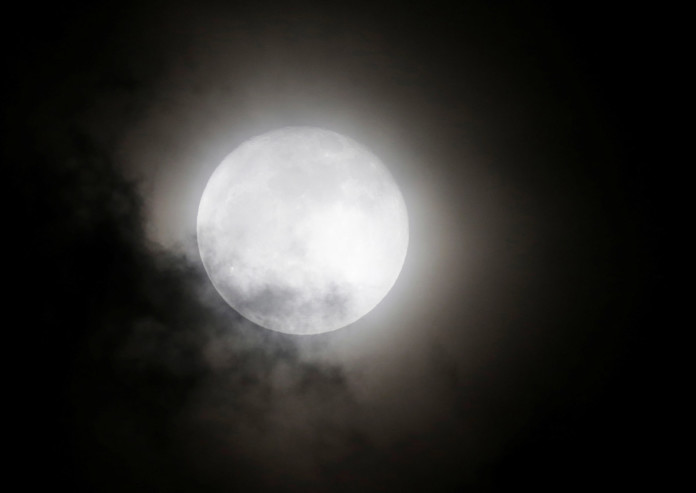The full moon on Nov 14 will be the biggest since 1948, say scientists.
It will also be the closest and brightest supermoon in 2016, astronomy professor Robert Berman told Space.com.
The Nov 14 moon is the closest full moon to Earth to date in the 21st century, said United States space agency National Aeronautics and Space Administration (Nasa), making it a “supermoon”.
A supermoon refers broadly to when the full moon is closer to the planet than average as it orbits Earth.
The full moon will not come this close to Earth again for almost another 20 years – until Nov 25, 2034.
A supermoon can be as much as 14 per cent bigger and 30 per cent brighter than a full moon at its furthest from Earth on its orbit.
The Nov 14 supermoon comes in the middle of three supermoons occurring towards the end of 2016.
The first was on Oct 16 and the other will be on Dec 14.
The difference in appearance between a supermoon and a regular full moon depends largely on where a person is looking at it from.
If the moon is high above the horizon from one’s perspective and there are no buildings to compare it to, it may not appear larger than usual.
On the other hand, the moon can look unnaturally large and closer to the horizon when viewed through trees, buildings or other foreground objects.
While this is an optical illusion, Nasa states that it does not take away from the experience.
The Nov 14 moon is expected to be at its absolute biggest at 1.52pm GMT (9.52pm, Singapore time).
wderek@sph.com.sg

Get MyPaper for more stories.

































